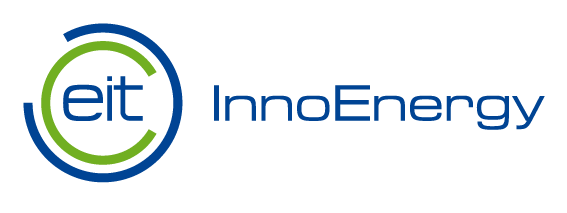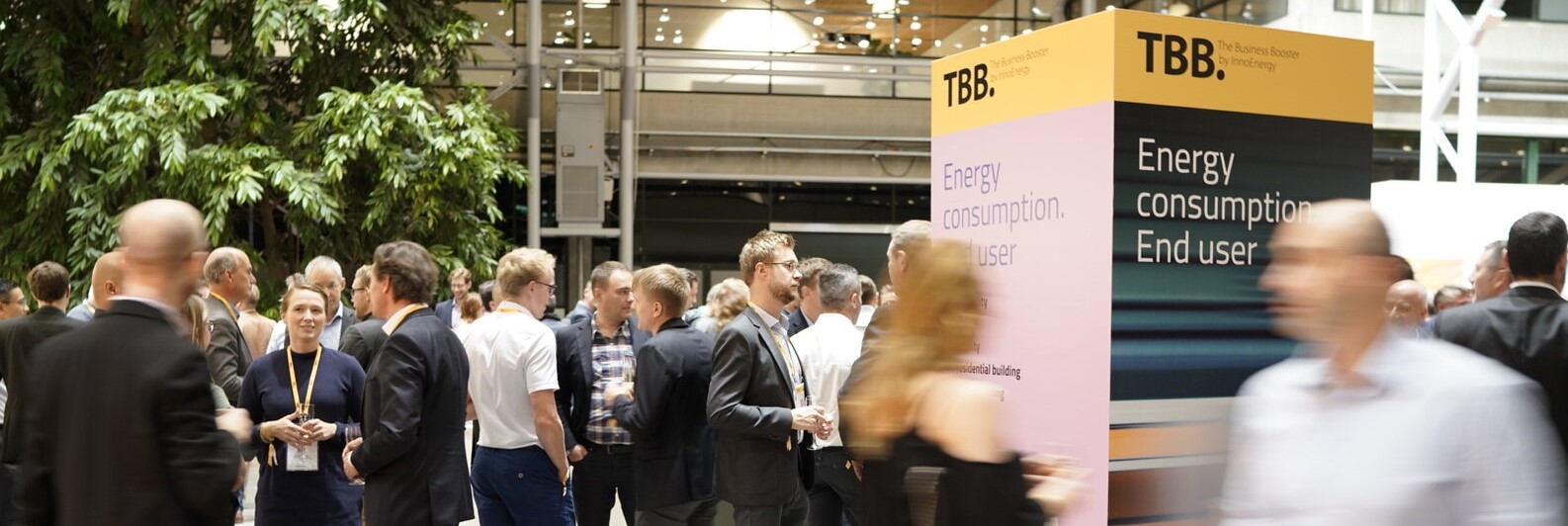InnoBlog: Design, Validate, Repeat

“Sell me this pen”
The success of a product is often correlated with its sales and profit margin. I belonged to the school of thought that utmost effort is put into convincing customers to buy a product, for it to be successful. According to me, the sales team is what drives any company up or down.
My point of view got completely overturned during my Innovation & Entrepreneurship journey, at ESADE Business School. Before any product is developed, it is necessary to understand what is currently missing in the product field. Customer first is a concept we all are familiar with, but what the customer exactly needs, can only be understood by talking to them.
Make the product successful
When my teammates and I started working on our Start-up idea, we had a preconception on what is exactly needed for the customer segment we were targeting. We developed our concept and went out into the real world to interview some potential customers. What happened then, surprised us to a large extent. The concept we developed, did not cater to any one of the potential customers we spoke to. As we were personally not facing the problem we were trying to solve, we had a pre-conceived notion on what was needed to make the product successful.
Breaking our pre-conceived notions
The professors at ESADE encouraged our initial concepts, which confused us as to why our concept did not succeed with the potential customers. Ultimately the lesson they were trying to teach us, was to break our pre-conceived notions. We were encouraged to start on square one again, but this time, the right way. We spent roughly a month analysing the existing products, companies and concepts similar to our idea. While doing so, we realised each product was different in its own way. While some innovated on product design, others innovated on the business model. An exact copy of an existing product is not likely to succeed. The concept has to be different in one way or another. By analysing the competition, we knew exactly what we shouldn’t be replicating. Next step was to figure out what was missing, despite the presence of similar products. So we went back to our potential customers, but instead of telling them our concept, we listened to their problems.
From the series of interviews, we found out what their current situation was, the current solution they were utilizing, and what would potentially help their situation. At the end of several interviews, we had a pattern. A pattern which exactly pin pointed the pain point of the customer. Anyone not having the same pain point, was not in our customer segment, allowing us to narrow down the customer group we had to attract.
With the qualitative data obtained, we sat as a team to brainstorm potential solutions to tackle the pain points. The new concept was taken to the customer group again for feedback. This process was repeated until a concrete concept was developed. This design-> validate -> iterate loop was used at every development phase, including the business plan and while developing a working model of the minimum viable product.
At the end of the year, we had met several potential customers and competitors, whose feedback and validation made our minimum viable product (abbreviated as MVP) strong enough to be pitched to investors.
Keeping personal favourites aside
This entrepreneurial journey is a just a portion of what it takes to build a company. We got to learn firsthand, how a company’s value is evaluated and the do’s & don’ts of negotiating with venture capitalists. Creating a successful company, requires maintaining and motivating a team of dedicated employees. With various workshops on leadership and human resource management, we got a gist of what is truly encapsulated in an entrepreneur’s journey. This experience was incredible in terms of providing us with the right amount of motivation and helping us identify red flags along the way.
In conclusion, whether you want to be an entrepreneur or a product developer, it is important to keep personal favourites aside, and truly listen to the customer’s needs, to successfully develop a solution and sell the idea. At the end of the day, don’t sell the pen, but sell why someone needs the pen.
Malavika Venugopal, Master’s in Renewable Energy

